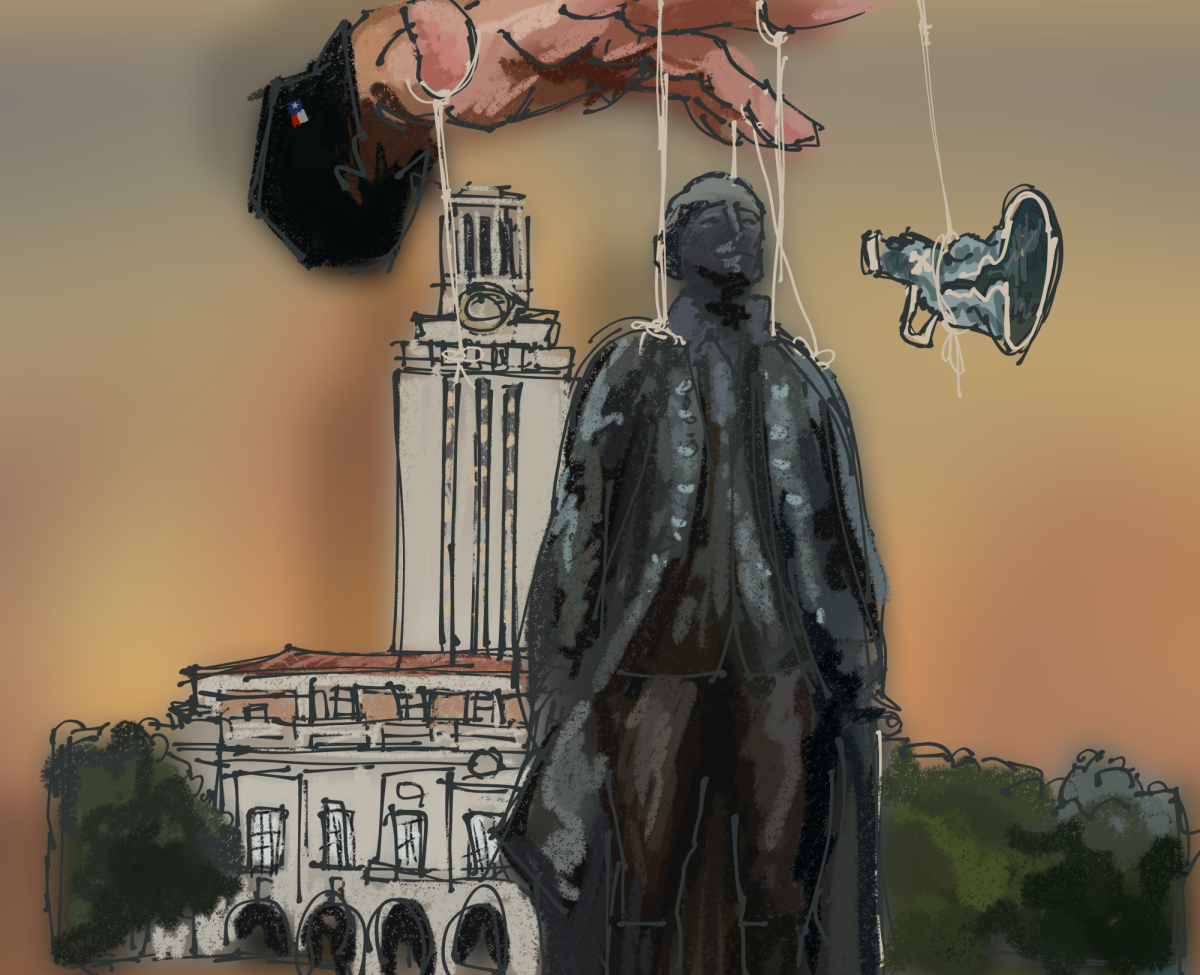It’s no surprise to anyone that higher education is facing budget cuts all across the country and that we’re being told to do more with less. What you may find surprising, however, is one of the methods schools are using to achieve that goal.
You’ve probably encountered the “Freemium” model without realizing it. The Freemium model allows multiplayer computer games like World of Warcraft and Farmville to prosper by offering basic services for free and then, once you’re hooked, making you pay for cooler and expanded services. If you’re not a video gamer, perhaps you’ve noticed that The New York Times and The Wall Street Journal operate in the same way by letting you read a certain number of articles for free before charging you to access more content.
Essentially, the majority of users are able to access the product for free while the minority who pay for it provide the resources needed to offer the product for free to everyone else. No, this is not communism that I’m describing.
It seems higher education is starting to think about this model as a potential solution to cut costs. At Santa Monica College in California, a 34,000-student community college, students will be forced to pay higher costs for summer versions of the most popular classes.
Santa Monica decided that rather than try and offer more sections of full classes during the regular school year, why not offer the class over the summer for a higher price?
Essentially, if you have the money to pay for it, you get into the class you need. If you don’t, then you can fight amongst the other peons for a coveted spot during the school year. What’s even worse is that since these classes are not federally funded, low-income students may not be able to obtain federal aid to pay for them.
If this model spreads to other institutions, colleges and universities will be further divided into classes of those who can afford more popular classes and those who cannot. The great equalizer that is higher education will further perpetuate class divisions between upper and lower income families.
Were this model used here at UT, students who can afford their own lawyers to sue the University could use their wealth to jettison ahead, while the rest of us would languish behind.
While there are no plans, to my knowledge, of UT switching to this model, it’s scary to see the direction that higher education is headed. This situation shows the disturbing trend in higher education of prioritizing money over students’ success. Education is meant to provide a public service to the people. Instead, higher education is turning to models borrowed from the business world that prioritizes profit margins. But successful business practices don’t necessarily translate to the university realm. If a university makes more money but graduates fewer educated students that are poorly equipped to enter the business world, everyone loses.
Success in postsecondary education is ultimately measured by the success of the students it serves — something universities should keep in mind when adopting new cost-saving models.
Taylor is a Plan II and rhetoric and writing senior.




















